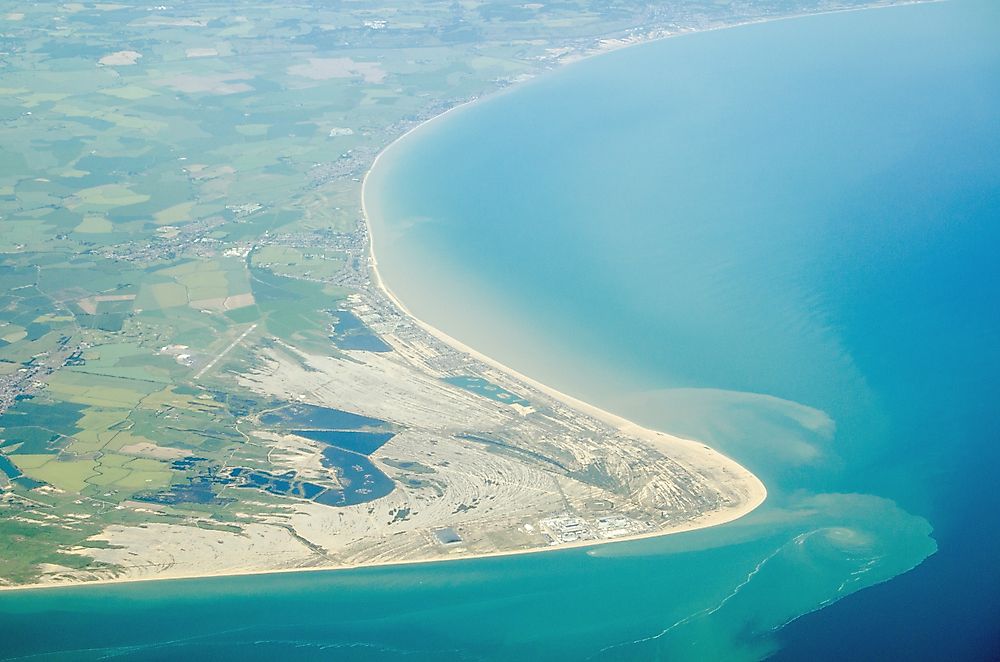Are There Deserts In The UK?

Deserts cover about one third of the earth’s surface, and they exhibit different characteristics depending on their locations. All the deserts have been categorized into four broad groups, and they are cold winter deserts, polar deserts, cool coastal deserts, and subtropical deserts. Dungeness is the only desert in the UK, and it is a headline on the coastal area of Kent in England. It is a large triangular shaped desolate landscape formed of gravel and shell debris. The name Dungeness is derived from Old Norse language, which means headland. The Dungeness is among the most extensive areas with shingles in Europe.
Landscape
The Dungeness is located southeast of London about 77 miles and covers 12 square miles. With its majority shingle expanse in Europe, it supports vegetation growth. The area has two lighthouses, fishing huts, two power stations, a small steam railway, and 29 homes converted from railway cottages. There are no inhabitants in Dungeness, and it is rare to see human life apart from the occasional tourists, the power plant workers, and few other residents who live in the estates.
Plant Life
The place supports 600 plant species, which is a third of all plants found in the UK representing a wide, diverse vegetated shingle in Europe. With a well-developed shoreline, the Dungeness supports vegetation though sparse due to human disturbance. The Rye Harbor and shingle beaches of Dungeness have supported at least six rare plant species, and these include yellow vetch, the Nottingham catch-fly, and the endangered red hemp-nettle. Coast shingles support the minimal development and only plants like sea cabbage, sea kale, and sea pea can colonize the area. Some of the other species that have established in the region include yellow horned-poppy, viper bugloss, and herb robert as the gravel matrix is accumulating with finer material.
Animal Life
Dungeness is full of different species of insects ranging from the moth species like the Sussex emerald moth, a green night-flying moth only found in Dungeness and the pygmy footman moth. There are also the pale grass eggar caterpillars, the twin-spot honey, the short-haired bumblebee, and the hawkers. Some of the common birds found in the area include the smew, wheatear, and the common tern. The area also possesses the Great-crested newt which is the rarest species of newt in the UK and medical leech which is the largest of the leeches in Britain.
Transport
Only two roads are accessible to those in or visiting the Dungeness. One is from Lydd heading to the north-west and the other from the north of New Romney along the coast. The place is also served by the Romney, Hythe, and Dymchurch steam railway with a station at Dungeness.
Other Interesting Facts
The nuclear power plant in Dungeness began generating electricity in 1983 and is currently the only one operating of the two nuclear plants, and it was scheduled to be deactivated in 2018 but has been planned for deactivation in 2028. The famous English artist and filmmaker Derek Jarman has been living in Dungeness until 1994 when he died. He is credited with 55 different films.











